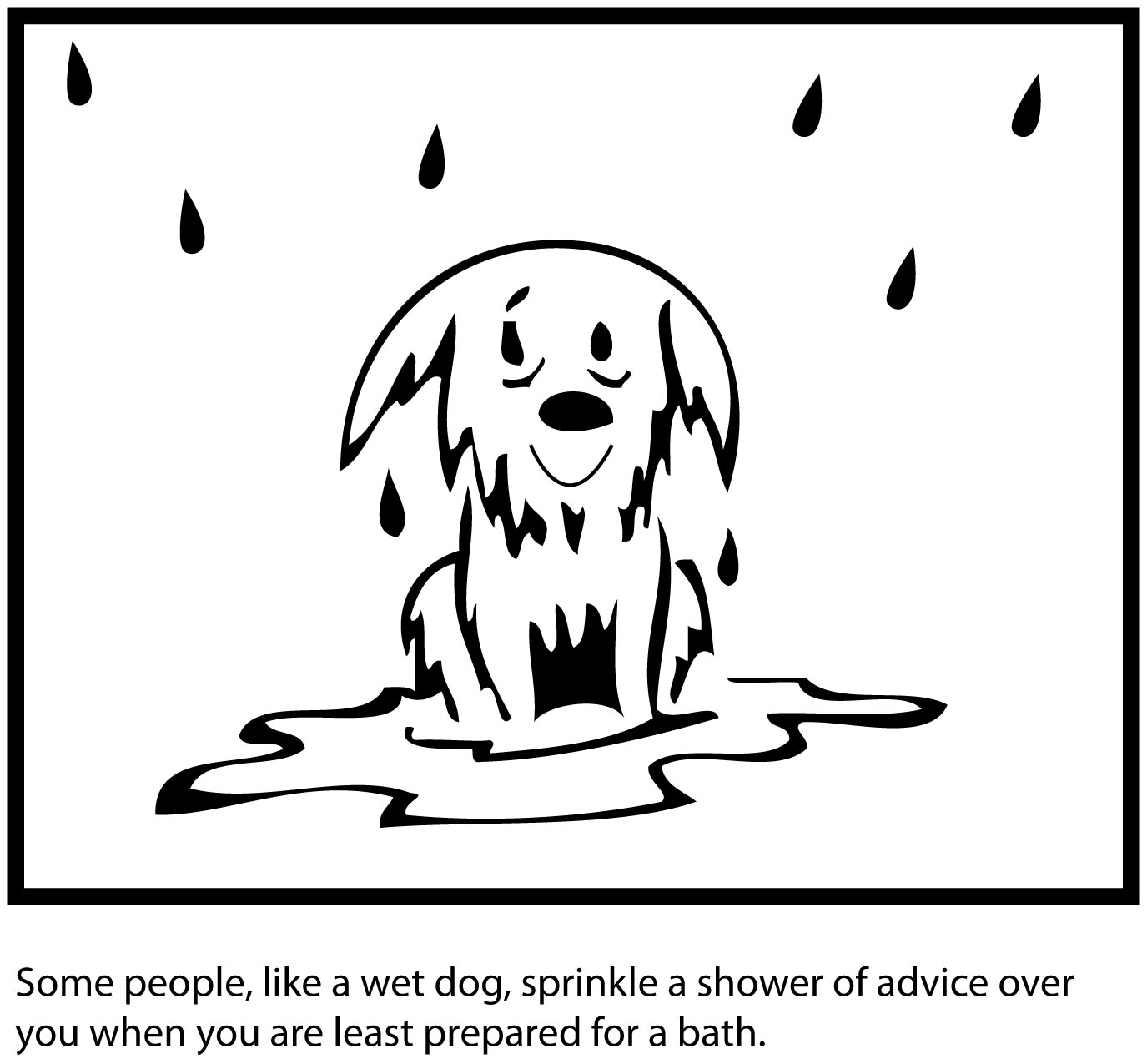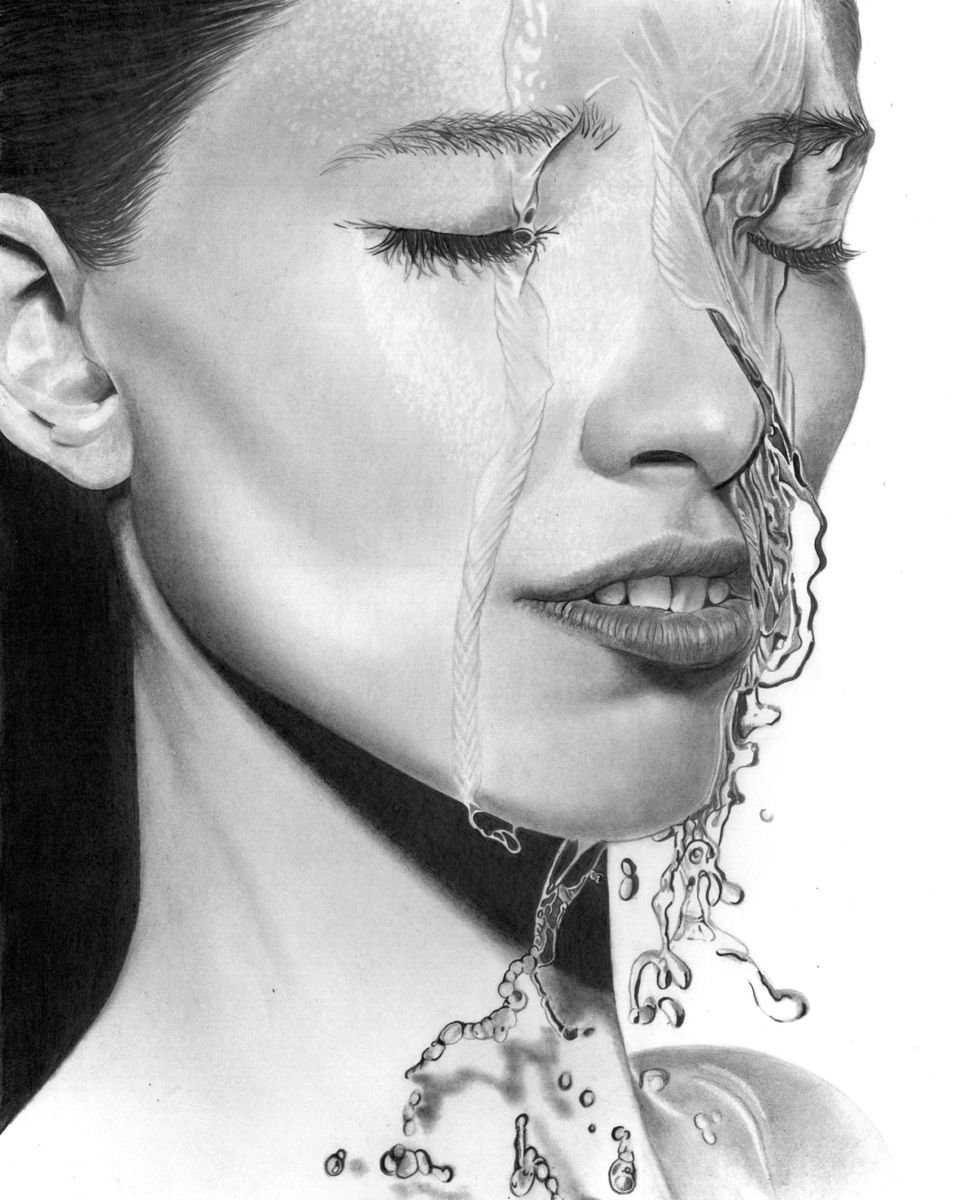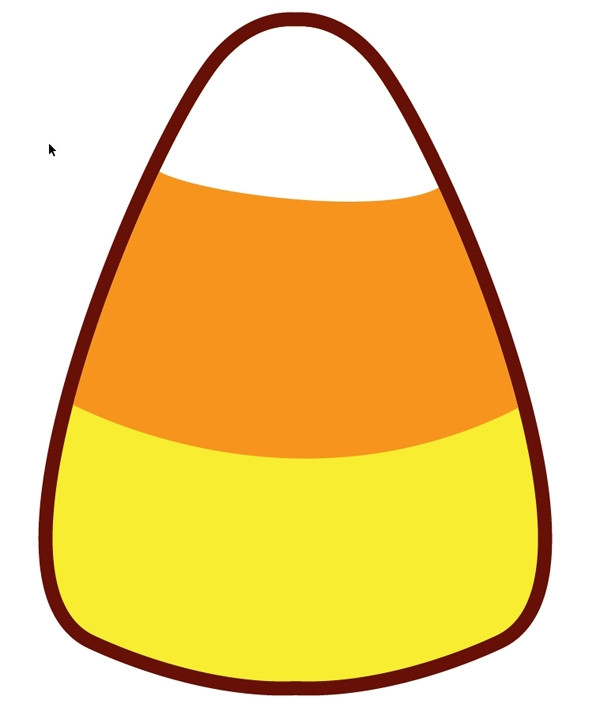Wet dog draw simplification imagery conceptual justene engels taking bath
Table of Contents
Table of Contents
Do you ever get stuck when trying to draw something that’s wet? Whether you’re painting a scene with rain or trying to capture the look of shiny, wet fabric, it can be challenging to get it just right. But fear not! In this post, we’ll explore everything you need to know about how to draw wet, so you can create stunning, realistic artwork that captures the texture and shine of wet surfaces.
As an artist, you know that every type of surface and object has unique qualities that make them challenging to capture accurately. Wet surfaces are no exception. Pain points related to drawing wet include difficulties with capturing the texture and shine of wet surfaces, as well as the translucency of water and how it interacts with light. Without a solid understanding of these elements, drawing something that’s wet can end up looking flat and lifeless.
So, how do you draw wet? The key lies in understanding the unique characteristics of wet surfaces and how they interact with light. One important factor to consider is how the surface’s texture changes when it’s wet. For example, a dry, matte surface that’s rough to the touch may become smoother and shinier when it gets wet. Additionally, be mindful of how light reflects off of wet surfaces – it will refract and create a different effect than it would if the surface were dry.
In summary, to draw something that’s wet, you need to pay close attention to the surface’s texture and how it changes when wet, as well as how light interacts with the surface. By doing so, you can create realistic artwork that captures the unique texture and shine of wet surfaces.
How to Draw Wet Hair and Clothing
When I first started learning how to draw wet objects, I struggled to capture how the water affected the texture and translucency of the objects. However, over time, I’ve learned a few tips that have helped me improve my wet drawing skills.
 One key tip is to pay attention to the direction of the water droplets. If you’re drawing wet hair, for example, make sure to draw the droplets in the direction of the hair’s movement. This will make the hair appear more dynamic and realistic. Similarly, when drawing wet clothing, pay attention to how the fabric is affected by the water – it may become heavier and more clingy, and certain areas may be more translucent than others.
One key tip is to pay attention to the direction of the water droplets. If you’re drawing wet hair, for example, make sure to draw the droplets in the direction of the hair’s movement. This will make the hair appear more dynamic and realistic. Similarly, when drawing wet clothing, pay attention to how the fabric is affected by the water – it may become heavier and more clingy, and certain areas may be more translucent than others.
Drawing Wet Objects in Watercolor
Watercolor is a great medium for capturing the texture and translucency of wet surfaces. When painting something that’s wet in watercolor, start by wetting the paper in the areas where the droplets or wetness will appear. Then, use a combination of painting and blotting techniques to create the effect of wetness. Be sure to layer the paint to create depth and dimension.
 ### Drawing Reflections on Wet Surfaces
### Drawing Reflections on Wet Surfaces
Another important aspect of drawing something that’s wet is capturing the reflections that appear on the surface. When drawing reflections, make sure to consider the angle of the light source and how it reflects off of the wet surface. Pay attention to the shapes and colors of the reflected objects, as well as how they’re distorted by the surface of the water.
Drawing Wet Glass
Drawing wet glass – such as a window that’s been splattered with rain – can be challenging, but it’s also a great opportunity to practice your wet drawing skills. When drawing wet glass, pay attention to the way the water droplets distort the view through the glass. The droplets may magnify or distort certain areas of the scene, creating a unique and interesting effect.
The Importance of Practice
As with any skill, becoming proficient at drawing wet objects takes time and practice. Start by observing wet surfaces in real life and paying close attention to how they reflect light and how their texture changes when wet. Then, experiment with different drawing and painting techniques to capture these elements. Through practice and experimentation, you’ll be able to create stunning, realistic artwork that captures the unique beauty of wet surfaces.
Question and Answer
Q: What’s the best medium for drawing wet objects?
A: Watercolor is a great medium for capturing the texture and translucency of wet surfaces.
Q: How can I make droplets look more realistic?
A: Pay attention to the direction of the droplets and how they interact with the surface. Additionally, consider using highlights and shadows to create depth and dimension.
Q: How can I make wet clothing look more realistic?
A: Pay attention to how the fabric is affected by the water – it may become heavier and more clingy, and certain areas may be more translucent than others.
Q: How do I draw reflections on wet surfaces?
A: Consider the angle of the light source and how it reflects off of the wet surface. Pay attention to the shapes and colors of the reflected objects, as well as how they’re distorted by the surface of the water.
Conclusion of How to Draw Wet
Drawing something that’s wet can be challenging, but with practice and a solid understanding of the unique characteristics of wet surfaces, you can create stunning, realistic artwork that captures the texture and shine of wet objects. By paying attention to how the surface’s texture changes when it’s wet and how light interacts with the surface, you can create artwork that truly stands out.
Gallery
Justene Engels’ Conceptual Imagery Blog: Project 6: Simplification

Photo Credit by: bing.com / wet dog draw simplification imagery conceptual justene engels taking bath
Wet Hair #stephlew #photoshop #dailydoodle | Art Reference Poses

Photo Credit by: bing.com / draw dailydoodle
WET No. 11 (2017) Pencil Drawing By Paul Stowe | Artfinder

Photo Credit by: bing.com /
How To Draw Wet Clothing|Japanese PRO Advice - YouTube | Wet Clothes

Photo Credit by: bing.com / wet
How To Draw Wet Clothes - Kopi Anget

Photo Credit by: bing.com / mistiqarts






